It’s possible that no 4×4 tire has ever been as widely anticipated nor as heavily covered in the media as BFGoodrich Tire’s remake of its iconic all-terrain tire, the T/A KO2. This year marks the tire’s 40-year anniversary since it first grabbed the tire industry spotlight on the Baja Peninsula. Today’s off-road media has come a long way since America’s bicentennial saw the red-white-and-blue everywhere displayed. Word of the granddaddy of all four-wheeling tires being released in its fifth iteration plastered the Web back in 2014 (including our adventure with the tires in Baja).
Since then the clamor and marketing hype died down, and the real verdict of what had been released began to take form. In addition to the media field-testing events, BFG touted the tire’s evolution in toughness over it predecessor, the KO (first released in 1999), with not only impressive stats but one very memorable aerial bombardment of Utah’s Stansbury Island using mounted tires as the munitions. The latter ad was a reminder of how tough radial tires have become, as well the heights (10,000’ in this case) that manufacturers must go to grab consumer attention in a crowded marketplace of tires.
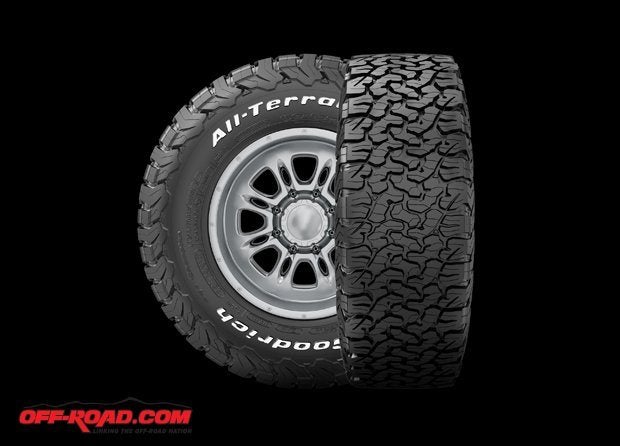
For a more real world long-term test, we took a brand new set of 35×12.50R17 KO2s to Big O Tire’s Logan, Utah, location where they paired the treads with factory Toyota alloy rims. That was in late spring of 2015, and just in time for the Beehive State’s second largest 4×4 rally, the venerable Cruise Moab. In the ensuing 18 months the BFG’s have carried our 1997 80 Series Land Cruiser across every surface type the Intermountain West holds.
At 6,000+ lbs., the 80 Series is in the same weight range as many diesel rigs that the KO2 will be outfitted on. That’s because of the impressive durability that the TA KO was known to provide, as well as its spectrum of sizes. Ironically, I can still recall in the early 1990s the anticipation of finally ridding our venerable Isuzu Trooper of its sketchy Goodyear Wrangler ATs. My wife was commuting on snowy Virginia mountain back roads, and on weekends we would explore trails across the Blue Ridge Mountains. What tires fit the bill? Not surprisingly it was BFGoodrich’s third-generation of All-Terrain Radials that we chose. They proved long lasting, predictable, tenacious in snow, and even reasonable in mud.
Since that first set of BFG’s I’ve explored highways, snow drifts, slick rock and mountain goat paths on quite a few brands and styles of tires. After swapping out those original AT’s for Bridgestone Dueler MTs, we next mounted Goodyear’s first MT/Rs, and then Interco’s foray into radial mud terrains, the SSR. The KO2 represents the sixth tire we’ve run on the portly Land Cruiser platform. The first tires were Michelin’s well-known LTX, followed by a set of KO’s, then more Goodyear MT/Rs, which were replaced by the beefy (though prone to chunking) Interco Trxus MT, and finally the heavy Toyo Open Country MTs. Over so many models and brands and miles a number of distinguishing characteristics have stood out.
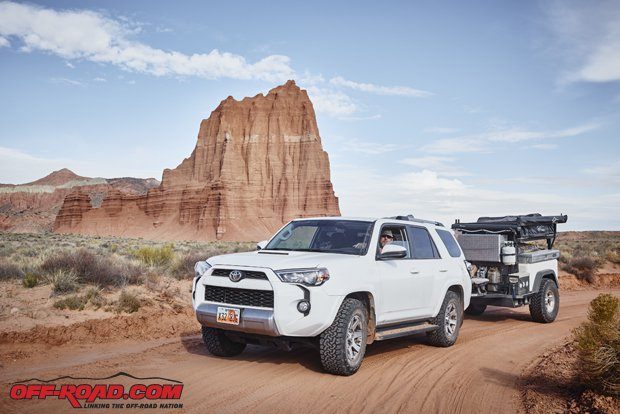
Above all, like any shiny, much anticipated new purchase, fresh tires seem to be fantastic when you roll away from the dealer. The set they replaced was likely worn out, and probably featured yesterday’s technology. So it’s understandable that we get excited. The true test, however, is one’s attitude after months of use, and tens of thousands of miles. In our case, that attitude was put to the test when my wife drove our 2014 Trail Edition 4Runner out of the driveway one morning on a completely flat tire. The ruined sidewall, coupled with the remaining tires being well worn, suddenly put us in the market for new rubber.
By that point, we had logged several thousand miles on the first set of KO2’s, including a long winter of driving in Utah’s Northern Wasatch Mountains. The highway manners and snow/ice performance I’d experienced convinced me that, like two decades before, the tire I’d once again trust on my wife’s daily driver was BFGoodrich’s all-terrain. Because her rig was not going to get a set of dedicated winter tires, on went a set of KO2s in 285/70R17.
We’ve since logged nearly 18,000 miles on the two sets. Between the two trucks we’ve trekked across the width and height of Utah, as well as trips through Wyoming, Idaho, Arizona, New Mexico, Colorado, Washington, Nevada, British Columbia and Alberta. Many of those miles have been with one or another of our four trailers in tow. Both sets of tires have been run through a full winter, with the 4Runner frequently driven in 2wd to assess the predictability, control and limits of the tires on snow and ice encountered without the benefits of dispersed horsepower.
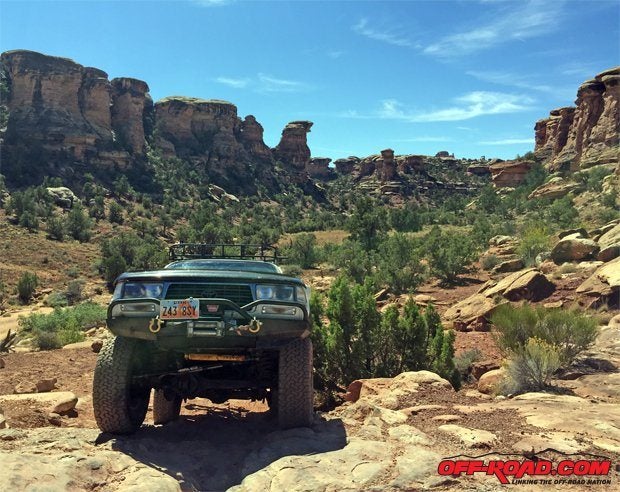
Table of contents
Wear
When new, both sets of KO2’s that we purchased were 15/32”, which is true of all sizes with the exception of the somewhat unusual 225/65r17 and 255/55r18. Our sets were measured at 7,000 miles on the 80 Series, which weighs in just north of 3 tons, and 12,000 miles on the stock 4Runner. Tread depth, which was measured across all tires, was 13/32” (87%) on the Cruiser, and 12/32” (80%) on it lighter, younger sibling. In Utah, tread becomes illegal below 2/32”, or about 13% on a tire of the KO2’s depth. In reality, we tend to replace tires when they reach more like 25%, which would be just shy of 4/32”. What does that translate into for real-world project lifespan for BFG’s flagship off-road tire? If our experience is correct, each 1/32” should yield between 3,500 and 4,000 miles, or a “worn ‘til illegal” lifespan of nearly 50,000 miles. Closer to 40,000 miles for real world mileage at time of change out.
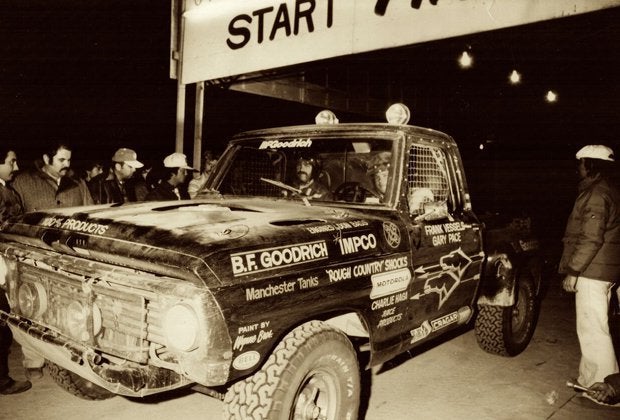
While there’s little point in trying to extrapolate these extrapolations into broad takeaways, it’s helpful to keep in mind the horsepower and GVWR of our two test platforms – neither is a rocket, and one is a bit of a pig. One is full-time 4wd and is used to wheel up to 7+ rated trails, and one gets 85% of its driving in town in 2wd. Both tow light trailers with some regularity. Both are properly aligned, get routine rotations, and have average or better checking of tire pressures. They experience four seasons of use, with a mix of terrain, but are both very capable off-road systems. Our mileage figures support BFG’s claims. In contrast, there more than a few reviews among the millions of claimed miles that report extraordinarily high and low lifespans on the KO2. Ironically both camps seem to most often report full-size pickups as the platform being used.
Toughness
The reminder here is that drivers, their rigs, and their uses/habits vary. A lot. And so do tires. Specifically, the intended purposes of tires, and what they excel at, means buyers need to grasp the intent of teach tires, the trade-offs its developers made, and what the outcomes are according to a wide range of users.
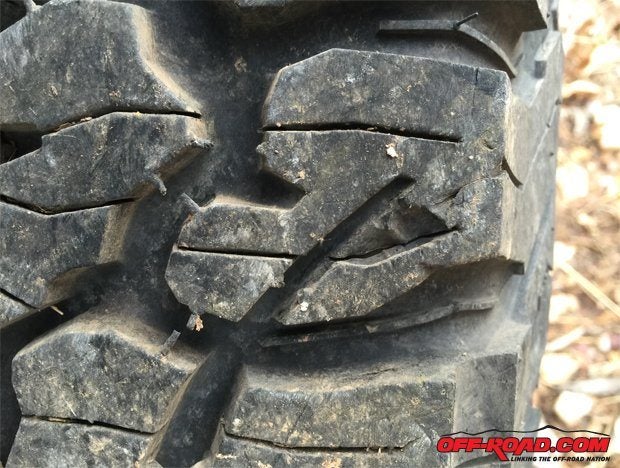
What have we found the BFG KO2 to be? First and foremost, it’s a tough tire. What BFG set out to accomplish, and what their scads of marketing boasts, is exactly what’s absent from user findings. This all-terrain takes abuse and keeps going. Cuts and chunking are very rare. The sidewalls establish a new bar of durability for tires in this market segment. Chalk this up the CoreGuard technology, wraparound shoulder block design, and new rubber compound. The trade-off is a relatively stiff tire, which delivers firm, predictable cornering under load, tracks well, and may require somewhat lower operational psi, both on and off-road. Whatever the pressure, the tread, coupled with stone ejector nubs and the underlayment of belts and plys, offers tremendous resistance to jagged stones, busted limbs and worse. This performance seems to underscore BFG’s roots in Baja and SCORE races.
Grip
As the ultimate all-arounder, all-terrain tires are expected to do it all well, if not really well. The question is therefore how balanced is such a tire’s performance, and moreover what areas is it weakest in? For all the efforts to extend overall capabilities, the KO2 slips (literally) most in the extremes of surface conditions. Ice and mud most challenge the KO2s. This is hardly to say it’s poor at either. In fact, with proper inflation adjustments, we were impressed with the performance of the tires in these most challenging conditions. Whether due to 3D, full-depth siping, Mud-Phobic or computer optimized blocking, the tire holds its own in demanding slimy and frozen environs. It will not grab ice like a gummy Nokian, but it will stand up to high throttle desert driving. And though it is not on par with the KM2 for gooey mud, it will dig in surprisingly well in, particularly as the mud become more soupy and less like grease. All this points to how extremely well balanced the KO2’s performance is.
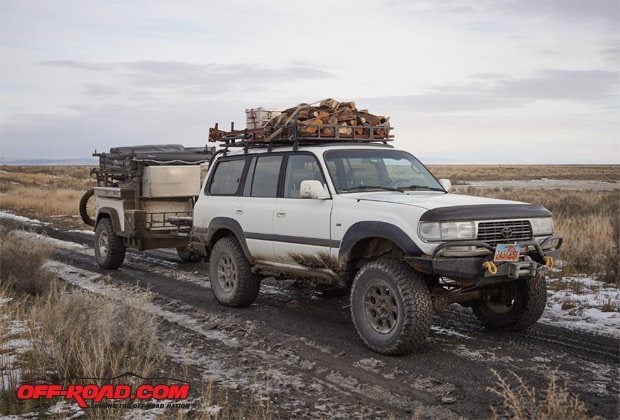
For the in-between conditions the KO2 definitely shines as well. Grip on more sedimentary rock, such as the Colorado Plateau’s iconic sandstone layers—whether in the form of sand dunes or in red ledges and rounded domes—is excellent, particularly as psi drops into the high to middle teens. On more dense, polished and/or wet stone, as we find in the geology of northern Utah, the durability of BFG’s new compound reveals some grip differences with competitor’s tires. Where other tires have chunked but gripped a bit better, the BFG has been all but immune to structural failure, yet also seems to slip a bit more, again needing to be aired down to allow its well thought out architecture to grab as it conforms to the terrain. In all such conditions, the tire’s sidewall durability gives reassurance as airing down is used to extend performance.
Handling & Economy
The highest compliment for handling in a tire for 4x4s is when almost no one mentions it. The KO2 is like that. It’s firm, relatively precise, tracks well, is smooth, and corners predictably under load. Steering response transmits a bit more than more muted tires with fewer plys, offers a solid shoulder compared to both rounded OEM models and aggressive MT knobs, and yields minimally to dynamic direction changes. In other words, no drama, nothing that raises eyebrows. Will a set yield the mpg of your OEM tires? Don’t count on it. Those tires, optimized as they were to assure federal fuel efficiency and EPA standards, can be had once more, but not from a tire that aspires to all-terrain performance.
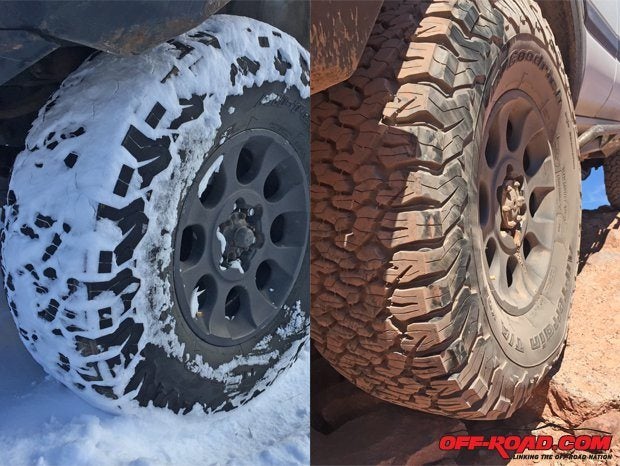
Numerous authors refer to the ‘iconic AT block tread’ of this line of BFGs. They apparently have not studied the design with much care. A more thorough look reveals what few have pointed out, including BFG’s own marketing materials. Our detailed study reveals anything but a reuse of the past symmetrical tread. The shoulder and interior blocks are complex, asymmetric and new. The images provided show a panorama of the tire’s shoulder, and the significant variation across its flow. Numerous differences occur, further illustrating the complex changes BFG engineers have brought to the challenge of surpassing the KO.
Overall Impressions
So what’s not to love? In our personal experience, as well as that of my photographer and fellow overlander Andrew McAllister, the KO2 has yet to reveal any disappointments, save perhaps the understandable stiffer ride of an E-rated tire and the unavoidable penalty in mpg over street-oriented “all terrain” models. While we’ve seen some comments from user about inconsistent mileage life from the tires, we experienced no such problems in three sets. Similarly, our wear data seems to point to the reasonable expectations of lifespan. Finally, the other consistent concern brought up is related to wet conditions grip. I can say that in nearly 20,000 miles of driving the only conditions I’ve seen the tire give up grip in this area is on wet rock. A reasonable speculation is that rubber compound life and resistance to Baja shredding may have been extended at a modest sacrifice to absolute grip.
Is the KO2 a worthy predecessor to its 17-year-old brother? BFG appears to have resolved one criticism after another related to the highly regarded KO, including significant resolution of past concerns with sidewall durability. At the risk of sounding like a broken record, the new tires are tough. Similarly, traction in frozen conditions has been a focus, and with some reasonable, though not dramatic, gains.
As it stands, BFGoodrich’s KO2 has, from our two years of use, proven itself as a great all-around off-road tire. It is a smooth, reasonably quiet, all-conditions tire that promises competitive longevity with a durability of compound and carcass that allows performance tailoring via a wide range of pressure ranges. If you need an ubër reliable, all conditions tire will be expected to perform across any surface you point it, and at any time of year, the KO2 may be as good as you will find. Pair with a means to deflate/inflate, BFG’s latest will serve you well.
We are committed to finding, researching, and recommending the best products. We earn commissions from purchases you make using the retail links in our product reviews. Learn more about how this works.
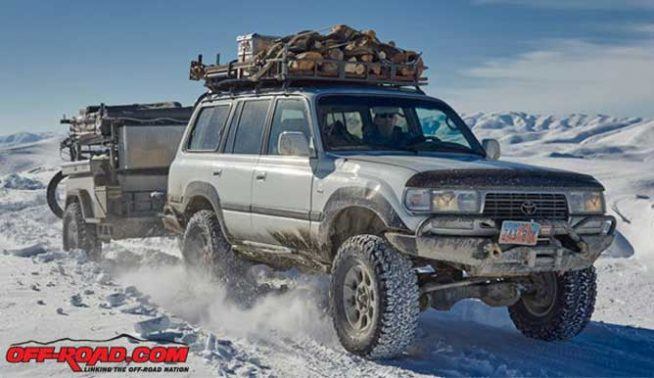
 Your Privacy Choices
Your Privacy Choices